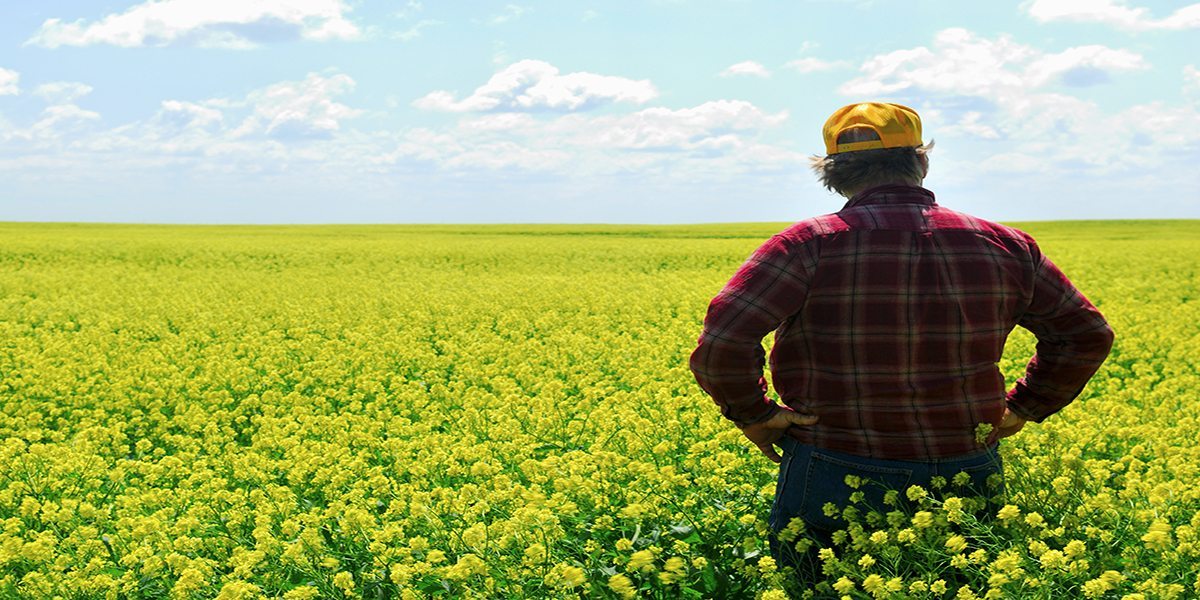The Kirkpatrick Creative team has spent the last few years making the rounds at agricultural trade shows across the country. While making our pitch to different dealers and manufacturers we’ve also noticed something else — farmers are much younger than we remember when we were growing up.
This common trend is getting noticed on a much wider scale. Journalists like NPR & The Guardian have noticed the growing number of farmers under thirty-five, both nationally and abroad. Just here in the states, the number of farmers under thirty-five rose 1.5% in 2014 and is going up. A lot of factors — like national health and global warming — are quoted as key reasons for this cultural shift, but that isn’t what we at Kirkpatrick want to focus on.
For decades, farming has been an old man’s game. So what does it mean for the agricultural industry that a growing number of its consumers are “digital natives.” Surely this is where our our push for “Big Data Agriculture” comes from. These younger farmers grew up in schools with digital initiatives, Wikipedia, computer-based card catalogues and constant internet access — it makes perfect sense that they would apply this technology to their herds and harvests in the field. Here a few facts that I have stumbled upon, which have lead me to revalutate my thoughts on what exactly a farm is…
- Most farms have high speed connections, and wireless routers.
The misconception that farmers are “backwards” due to a passion to be off the grid. Is getting further and further from the truth. Farmers are learning that the most efficient way of doing business is online. If you’re interested in catching a farmer’s eye, you should be reaching him through the Internet.
- 99% of Big Ag Farms use the internet for “farming purposes.”
Major operations are almost completely online. Much like the retail industry, industrialized farming has come to be defined by online integration.
- Most large farms name, “data collection & safety” a key concern.
Your customers see the writing on the wall. They know data is the future (and present) of their industry. They’re no longer worried about losing crops to disease or infestation. They’re not even questioning if they are will collect data, they’re worried about who will gain access to that data.
- 87% of small farms use the internet for “farming purposes.”
This is probably my favorite stat of the bunch. It isn’t just the industrialized operations that are relying heavily on digital business practices. Family farms, community farms and everything in between are shopping and selling online. So even if your rural dealership gets 85% of its business from 6 local, family farms — you’d still be better off if you tried to reach them digitally.
- Over half a farmer’s digital activity is done via a smartphone.
This is the most interesting stat to me. It goes hand-in-hand with the first entry on the list. If farmers are using wireless routers, it makes sense that most of their business is done over smartphones. But what does this mean for you? It means that your blog, your website and any other digital content should be optimized to access from a desktop, tablet and smartphone. Whatever effort makes it easier for prospective customers to find you, right?
With so many new farmers speaking a digital language, it is imperative that those in agri-business, reach them digitally. Dealerships like yours should be pouring more of your advertising budget into online ads and content marketing than ever before. Over the next several weeks, our posts will help guide both dealers and their manufacturers through the digital playbook we have created for our unique agricultural dealership clients.
Hopefully you’ll pick up a thing or two.

